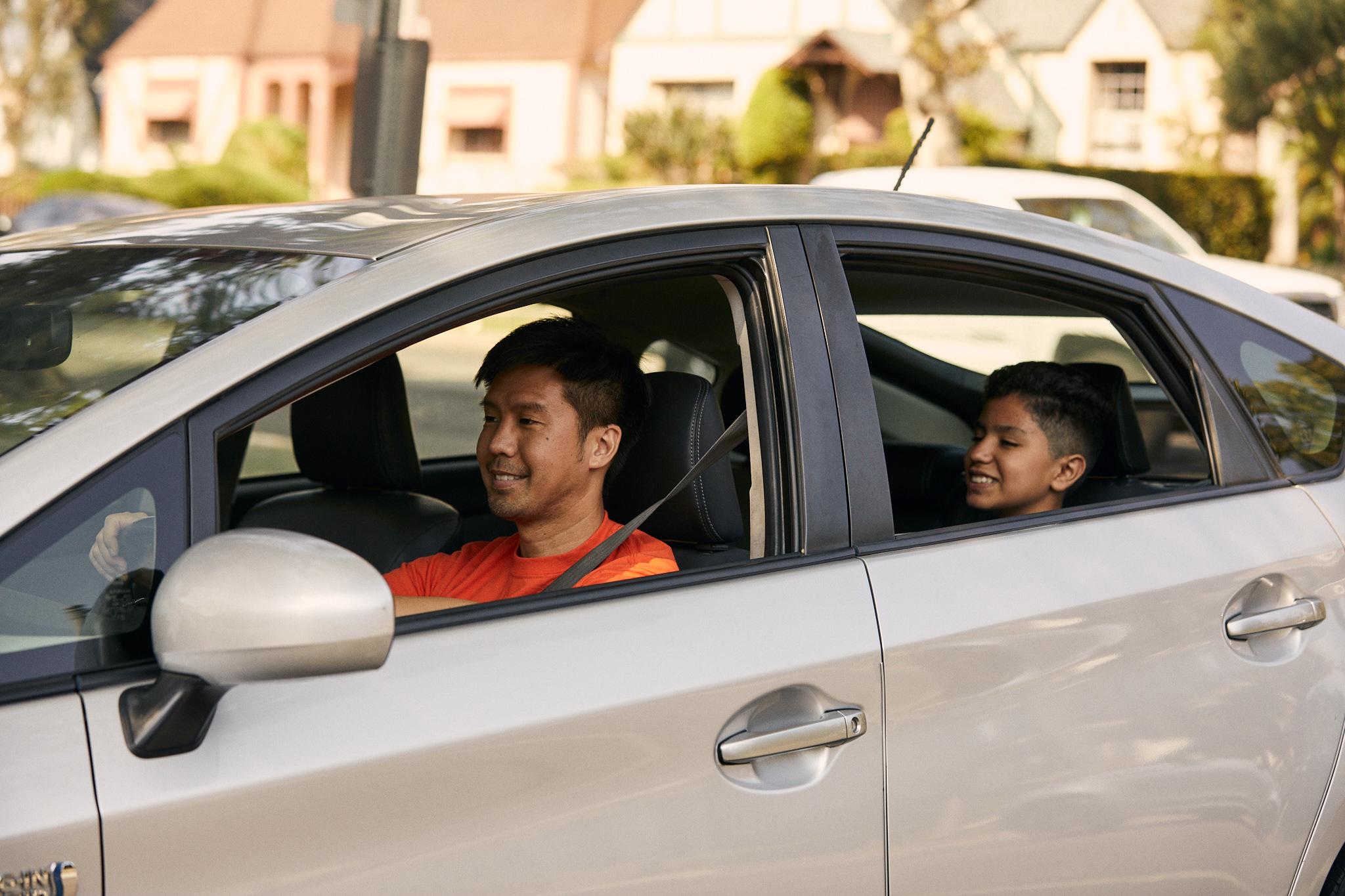The need for a stable education is constant, but for an increasing number of students in San Antonio, Texas, and across the country, it’s a daily challenge.
According to the U.S. Department of Housing and Urban Development (HUD), children experienced the most significant single-year increase — a 33% rise — in homelessness of any demographic between 2023 and 2024. In Texas alone, public schools identified approximately 121,000 students experiencing homelessness in the 2023–2024 school year (and Texas has the sixth largest population of people experiencing homelessness of any state in the U.S.).
It’s even more of a challenge in the San Antonio area.
The homeless population of Southeast Texas more than doubled from 2022 to 2024.
KTSA News reports that San Antonio ranks second in Texas for the highest population of people experiencing homelessness.
Axios San Antonio has reported how the number of students experiencing homelessness in Bexar County has increased.
It’s essential to recognize that the reality of student homelessness is often overlooked or misunderstood. Students and families who are displaced or moving from dwelling to dwelling because of, for example, a natural disaster, are considered to be experiencing homelessness.
Students Experiencing Homelessness Are at Risk for Chronic Absenteeism
There’s a direct connection between reliable transportation and chronic absenteeism, which continues to plague local districts. Chronic absenteeism rates in Texas public schools are still nearly double what they were before the pandemic, disproportionately affecting students in special education and those who are economically disadvantaged.
For students experiencing homelessness, the lack of a consistent ride to school is a primary barrier to attendance. Without a reliable way to get to school, many students simply don’t go, leading to chronic absenteeism and a higher risk of dropping out.
The McKinney-Vento Homeless Assistance Act: A Foundation for Stability
Federal law provides a critical lifeline for these students through the McKinney-Vento Homeless Assistance Act. This law guarantees that students who don’t have a “fixed, regular and adequate nighttime residence” are entitled to a stable education. This includes the right to remain enrolled in their school of origin — the school they attended before experiencing homelessness. The goal is to provide continuity and a sense of normalcy during a tumultuous time.
A key component of the McKinney-Vento Act is transportation. Under the McKinney-Vento Act, school districts are required to provide transportation to the school of origin if requested by the parent or guardian. This responsibility also extends to extracurricular activities, particularly when a lack of transportation hinders a student’s full participation.
Challenges arise when a student’s temporary residence is in a different school district or if the student moves frequently, requiring complex, costly, and often last-minute transportation arrangements. Traditional school buses, with their fixed routes and schedules, often struggle to meet this need.
Supplemental Transportation: A Flexible Solution
To address the unique transportation needs of students experiencing homelessness, many districts are turning to supplemental transportation. This model offers the flexibility and responsiveness that a traditional bus system can’t. Supplemental transportation services can:
Provide Out-of-District Transportation: Pick up students from their temporary residence — whether a hotel, shelter, or a family friend’s home — and transport them directly to their school of origin.
Offer Flexibility: Accommodate changes in housing or schedules, an everyday reality for families in transition.
Transportation for students experiencing homelessness must be flexible and adaptable to meet their needs. Sending a school bus to pick up a student 10 miles out of the district isn’t cost-effective, and certainly not nimble or agile. However, a small vehicle can do this easily.
HopSkipDrive: Partnering to Support San Antonio Schools
HopSkipDrive’s flexible model and network of CareDrivers help to ensure students always have a way to get to school.
Our company partners with school districts to facilitate transportation for students experiencing homelessness and other student populations with complex needs. HopSkipDrive CareDrivers are vetted through a rigorous 15-point certification process, and our platform provides real-time tracking so school administrators and parents know where students are at all times.
A parent from Phoenix, Arizona, who was experiencing displacement shared her family’s experience:
“After being displaced during the school year, HopSkipDrive really came in at a very challenging time. They helped us out so much during the school year. I had reliable drivers who communicated professionally. The girls said the drivers were always nice and friendly with them.”
By arranging safe, reliable, and compassionate transportation, HopSkipDrive can help San Antonio schools remove a significant barrier to education, allowing students experiencing homelessness to focus on what matters most: learning, thriving, and getting to school safely and on time.
Does your San Antonio school district need help fulfilling McKinney-Vento transportation needs? We’d love to hear from you.



